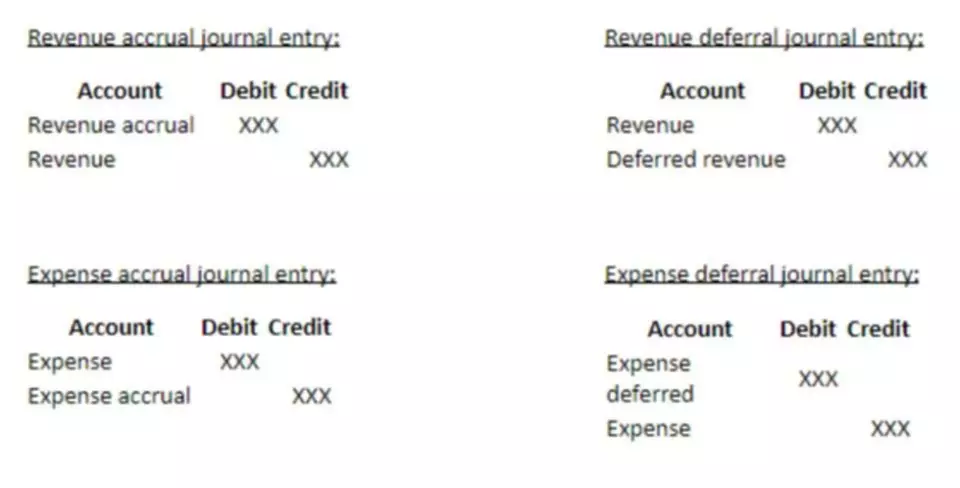Content

Armed with a better understanding of the value of the balance sheet and how to create one, you are now one step closer to better financial management. Furthermore, the interest rate on the debt is 5.45%, which is higher than the 4.56% rate in the previous year. It indicates increased credit risk in the business, which is clearly evident from the increased debt-to-capital ratio. If you think this simple balance sheet example may be a bit far fetched, perhaps we should do something that’s more business related and less boorish (Pun 100% intended. Please don’t stop reading). You can either do some simple algebra and solve for the equity figure.
If you can follow a recipe or apply for a loan, you can learn basic accounting. A balance sheet is important for several reasons, but mainly because it shows the financial health of a company. It also can be used to determine how much runway a growth stock has since it provides the amount of available cash. It also can reveal how the stock is valued relative to the company’s book value. The balance sheet provides an overview of your business’ financial standing.
Does a Balance Sheet Always Balance?
Generally accepted accounting procedures (GAAP) dictate that companies must list the most liquid assets and short-term liabilities first, which is why there is usually two subsections in assets and liabilities. Liabilities also include obligations to provide goods or services to customers in the future. This brochure is designed to help you gain a basic understanding of how to read financial statements. Just as a CPR class teaches you how to perform the basics of cardiac pulmonary resuscitation, this brochure will explain how to read the basic parts of a financial statement. If you can read a nutrition label or a baseball box score, you can learn to read basic financial statements.
- It’s important to understand that owner’s equity is NOT necessarily how much the business is worth in a sale.
- Let’s use a simple balance sheet example that you’re probably familiar with – a home mortgage.
- The balance sheet is meant to give you a clear view of what your business owes and owns.
Once you’ve set a date, your next task is to list out all of your current asset items in separate line items. To make this section more actionable, it’s best to separate them in order of liquidity. More liquid items like cash and accounts receivable go first, whereas illiquid assets like inventory will go last.
About Dummies
According to the balance sheet notes, the inventory is carried at the lower of cost and net realizable value (NRV). The balance sheet has four major sections – Assets, Liabilities, Shareholder’s Equity, and Notes. Each of the first three sections contains the balances of the various accounts under each heading. The notes section contains detailed qualitative information and assumptions made during the preparation of the balance sheet.
A common scenario that results in a note is when a company buys expensive equipment but does not pay the entire price immediately. First, let’s explore some of the current assets you might see on a balance sheet. Long-term liabilities include capital leases, deferred compensation, and bank loans with a term of more than one year. This segment of the balance sheet includes return of equity (ROE), calculated by dividing net income by shareholder’s equity.
How to prepare a balance sheet
The asset turnover ratio (ATR) is one way to gauge efficiency by dividing a company’s revenue by its fixed assets to find out how the company is converting its assets into income. Liabilities are a company’s balance sheet basics obligations — the amounts owed to creditors. Along with owner’s or shareholders’ equity, they’re located on the right-hand side of the balance sheet to display a claim against a business’s assets.
Long-term liabilities are debts and other non-debt financial obligations, which are due after a period of at least one year from the date of the balance sheet. For instance, a company may issue bonds that mature in several years’ time. These are the financial obligations a company owes to outside parties. Cash, the most fundamental of current assets, also includes non-restricted bank accounts and checks. Cash equivalents are very safe assets that can be readily converted into cash; U.S.
Investing Activities
Below are balance sheet templates that you can use with Microsoft Excel to create one for your business. Organize your assets into two categories — current and fixed — and represent each asset as a line item within the appropriate category. Balance sheets are typically used to track earnings and spending but can also show the profitability of a business to those interested in buying shares. A balance sheet gives you an overview of your business’ financial standing. By looking at the sample balance sheet below, you can extract vital information about the health of the company being reported on.

